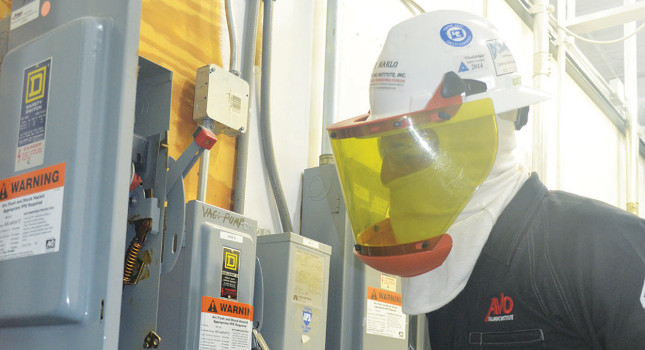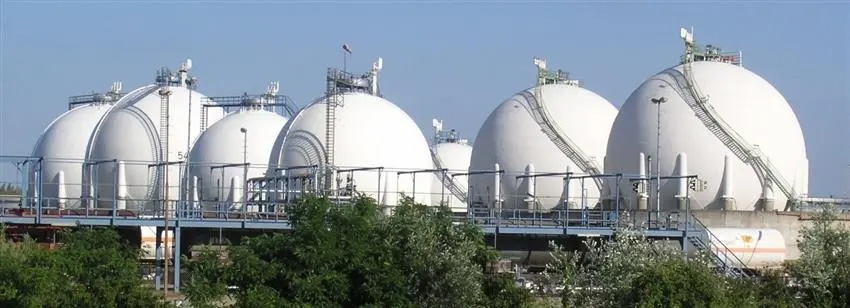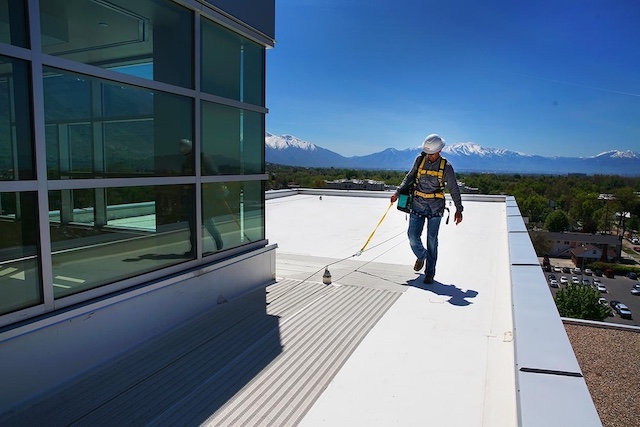Safety is becoming a main topic of concern with coronavirus reducing the amount of crew members on site. Employee health and worker's fatigue are issues that companies need to take into consideration during this pandemic.

Cybersecurity issues remain a top issue during the COVID-19 pandemic, but little has been said about the safety ramifications industrial operations are facing as they undergo production slowdowns and reduced operations.
With more companies operating with skeleton crews on site, manufacturers want to keep continuous processes running but at a reduced rate because they know the most dangerous times for any manufacturing facility is a start-up or a shut down.
Like security professionals having to conduct more assessments remotely, safety experts are having to do the same as they are doing process hazard analyses (PHAs) and layer of protection analysis (LOPAs) remotely versus the usual in person.
And while facilities have a great deal of automation going on, staff still needs to come in to ensure a safe environment. That is becoming difficult with workers wanting to stay home and out of harm’s way.
Luis Duran, global product line manager safety for ABB, sees myriad of issues facing safety professionals during this global coronavirus-induced slowdown.
“Since most companies will move all non-critical personnel to remote work settings (which is a major security concern) and operate with minimum crew,” Duran said, “that might have the following consequences:
- All non-critical activities will be postponed, this might include some scheduled maintenance
- Critical maintenance which could include Periodic Proof testing of safety equipment will be evaluated and postponed if conditions allow, the difficulty is in performing those kind of evaluation without the right ‘crew’ in place
- Operating conditions will not be ramped up, they might even consider ramping down some processes, however shutdowns will be avoided until the conditions are more ‘predictable,’ particularly having personnel moving freely without risk of contracting the virus
- In those facilities were operators and maintenance teams have to live within close quarters, asset owners will be extra careful with monitoring exposure of personnel to the virus as the potential contagion could force the asset owner to shut down the facility
- One concern is having personnel on the facility or production plant for extended periods, which could lead to fatigue”
Worker fatigue could play a huge role in the coming days and weeks as skeleton crews are pushed to keep operations running.
Problems arise
“Since typically, safety incidents are not the result of a single event but rather the accumulation of gaps in the process safety and an unexpected event triggering the hazardous conditions, the problem could be hidden and only surface due to operator fatigue, lack of the appropriate competency in the facility or remotely on a timely manner to mitigate a potential hazard,” Duran said.
Duran’s reasoning also follow suit with Kristen Kulinowski, interim executive of the Chemical Safety Board, who sent out a tweet saying, “In this time of unprecedented disruption, facilities must take extra care to prevent a process safety incident. Now is the time to review your emergency protocols, plans for staff illness/quarantine, and secure your operations.
“We know too well that nonroutine operations pose additional risk of process safety incident. As facilities adjust to shortages in staff, changes in supply chain, and other disruptions they must keep process safety management (PSM) at the forefront of the operations.”
The consensus among safety professionals seems to be consistent as Steve Elliott, senior director – marketing and a safety expert at Schneider Electric mentioned similar issues.
“Production has throttled back and only skeleton staff are allowed on site which brings its own challenge. Even though there is less throughput, how do you maintain/ensure operational integrity/ensure adequate risk reduction measures are in place when all activities except essential are being deferred? In other words, will we see a new problem appear in 6-12 months’ time as there will be a bigger backlog of maintenance activities?
Safe operation guidance
Some of the oil and gas giants are releasing what they are doing to ensure a safe operation for its workers offshore and onshore.
BP released its guidance for high-occupancy or congested sites including onshore facilities and offshore platforms.
Measures include screening the health of all people arriving on site; separating shift and day workers; managing shift handovers using rigorous social distancing and “no touch” practices, and measures to take in the event of a confirmed case of infection. This involves reducing entry and exit of staff; limiting deliveries to essential cargo such as potable water; and halting activities other than essential measures including emergency repair and maintenance.
“The offshore guys are used to ‘remote’ working as operations and maintenance are offshore, and the ‘experts’ are onshore,” Elliott said. “So, they have developed effective ways of working; a common single view for daily stand ups etc. But for onshore, they have traditionally had access to the experts at site,” he said.
Elliott sees some downsides and positives coming out of the production slow down.
Pros and cons
On the downside, “There is a higher likelihood of incident as activities get deferred, but these won’t manifest themselves in the short term,” Elliott said. “While operating companies would ideally like to stop production in the current market of over-supply, storage constraints, (and lower prices) per barrel, two things happen 1) they don’t want lots of people on site to do turnaround/maintenance activities with production stopped as that just breeds COVID and 2) restarting a plant is the most hazardous and required the most expertise, but those experts are working off site. In addition, the higher level of remote people ‘checking in’ puts added demand on systems, infrastructure (and security) e.g. How do you remotely help an operator through a potential issue when working remotely from home?”
On the upside, though, “All those jobs that got parked because people were too busy are now being worked on e.g. updating procedures, documents, safety case etc. so the good news is there will be better documentation that will be a massive bonus for digital transformation,” Elliott said. “New ways of working are being formed around common visualization and views/windows of status driving acceleration of digital transformation.
This content originally appeared on ISSSource.com. ISSSource is a CFE Media content partner.



